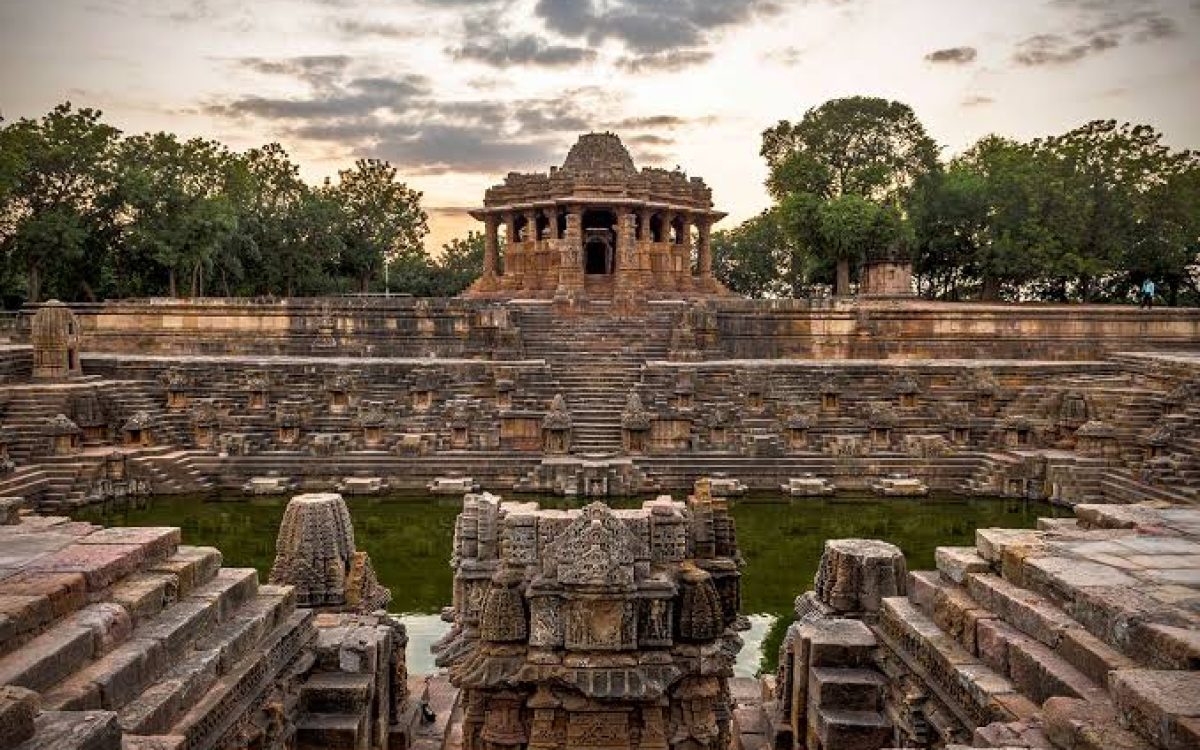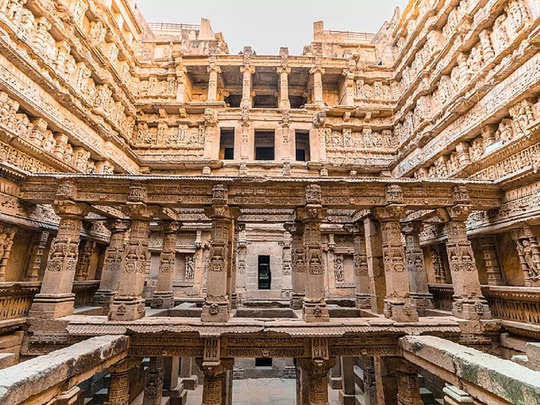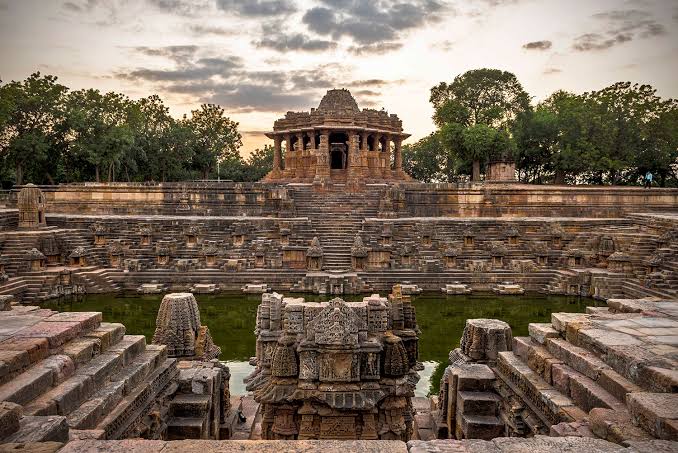Tucked away in the quaint town of Modhera, Gujarat, the Sun Temple stands as a breathtaking testament to India’s rich architectural and cultural heritage. Built in the 11th century by King Bhima I of the Solanki dynasty, this temple is a masterpiece of solar alignment, dedicated to Surya, the Sun God. The temple’s intricate carvings, scientific precision, and deep mythological connections make it one of India’s most fascinating heritage sites.
The Historical Legacy of Sun Temple
- The Sun Temple of Modhera was built in 1026 CE by King Bhima I of the Chalukya dynasty (also known as the Solanki dynasty). This temple was once a thriving center of Sun worship, reflecting the grandeur of ancient Hindu traditions. Although it no longer serves as a place of worship, the Archaeological Survey of India (ASI) has preserved it as a protected monument, allowing visitors to marvel at its architectural and historical significance.
Architectural Brilliance: A Marvel of Solanki Style
The Sun Temple of Modhera is a stunning example of Solanki architecture, often compared to the famous Konark Sun Temple in Odisha. The temple is divided into three main sections:
🔸 Gudhamandapa (Sanctum) – The inner shrine, which once housed the idol of Surya, is adorned with beautifully carved walls depicting celestial beings and deities.
🔸 Sabhamandapa (Assembly Hall) – This intricately designed pillared hall served as a gathering place for religious discourses and cultural events. The hall is open from all sides, allowing natural light to illuminate its grandeur.
🔸 Surya Kund (Stepwell) – A stunning rectangular stepwell, used for ritualistic cleansing before prayers. The stepwell is lined with over 100 intricately carved shrines, making it a mesmerizing sight.
The temple’s carvings depict gods, goddesses, celestial dancers, and scenes from Hindu epics, showcasing the artistic excellence of the era.
The Science Behind the Solar Alignment
One of the most fascinating aspects of the Sun Temple of Modhera is its astronomical precision. The temple was designed in such a way that on equinox days, the first rays of the rising sun would directly fall on the idol of Surya in the sanctum. This showcases the advanced knowledge of astronomy and engineering possessed by ancient Indian architects.
Even today, standing within the temple premises during sunrise, one can witness the brilliance of solar positioning and its connection to temple architecture.
Legends & Mythological Significance
The Sun Temple is steeped in legends and mythology.
🔹 Connection to the Ramayana – It is believed that Lord Rama performed a yagna (sacred ritual) at this very site to cleanse himself of the sins of killing Ravana.
🔹 Surya Worship Traditions – Ancient Hindu scriptures reference the Sun God (Surya) as a source of life and energy, and this temple was a significant center for Surya worship.
These mythological connections add a layer of spiritual and historical richness to the temple’s grandeur.
Visiting the Sun Temple: What to Expect
If you plan to visit this stunning architectural wonder, here’s everything you need to know:
📍 Location: Modhera, Gujarat (Approx. 100 km from Ahmedabad).
⏳ Best Time to Visit: October to March (Pleasant weather for exploration).
💃 Modhera Dance Festival: Held in January, this grand festival features classical dance performances against the mesmerizing backdrop of the temple, celebrating India’s cultural heritage.
The Sun Temple of Modhera is more than just a historical monument—it’s a living testament to India’s architectural brilliance, scientific knowledge, and rich mythology. Whether you are a history enthusiast, an architecture lover, or a traveler seeking hidden gems, this temple is a must-visit destination.
So, take a step back in time and immerse yourself in the grandeur of Gujarat’s most spectacular heritage site!






